Henryk Sienkiewicz
Nacimiento : 1846-05-05, Wola Okrzejska, Poland, Russian Empire [now Wola Okrzejska, Lubelskie, Poland]
Muerte : 1916-11-15
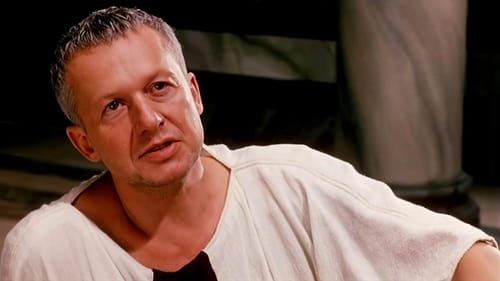
Novel
Siglo I d.C.. El oficial romano Marco Vinicio regresa de la guerra en Asia Menor y visita a su tío Petronio, amigo del emperador Nerón. Vinicio le confiesa que se ha enamorado de una joven misteriosa, Ligia, a quien ha conocido en la casa del general Aulus Plaucius. En una fiesta, Vinicio trata de aprovecharse de Ligia, pero su protector, el gigantesco Ursus, la saca de palacio y la lleva al lugar donde se reúnen los cristianos. Cuando Ligia es acusada de haber asesinado a la hija de Nerón, Vinicio la busca en las catacumbas. Pero la vida de los cristianos peligra al ser acusados de haber provocado el incendio de Roma, ordenado en realidad por el emperador.

Writer
In Desert and Wilderness is a 2001 Polish film directed by Gavin Hood. Adapted from the 1911 novel In Desert and Wilderness by Henryk Sienkiewicz, it tells the story of two kids, Staś Tarkowski and Nel Rawlison, kidnapped by the rebels during Mahdi's rebellion in Sudan.

Writer
A Polish soldier settles on a small island, where he operates a lighthouse. Absorbed by reading, he does not fulfill his duties.
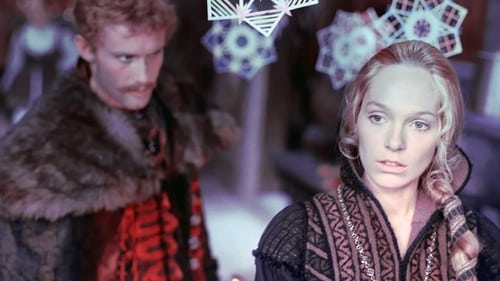
Novel
Siglo XVII. Mientras la guerra hace estragos por toda Europa, un valeroso guerrero lucha por el amor de una doncella llamada Olenka...
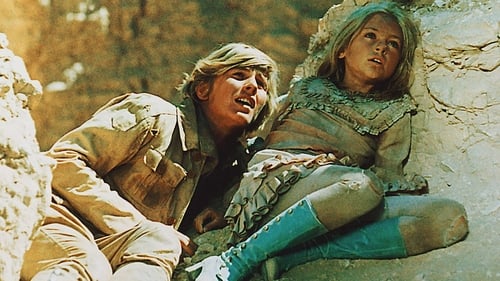
Writer
Fourteen year old Polish boy Stas Tarkowski and eight year old Nel Rawlison from England are kidnapped as the hostages by Arabic fanatics and taken to their religion leader. Then they manage to escape and try to return to their fathers. Children have a lot of dangerous adventures, meet two Black kids; Kali and Mea, who also help them, make a friendship with an elephant and help one Black's tribe.

Script
The action takes place in the second half of the 19th century in a small Californian town in the Wild West. Hans, a German émigré, opens a shop on one of the streets. To his annoyance, his fellow countryman, young and beautiful Lora, sets up a shop on the opposite side. There is fierce competition. Lora decides to take Hans to court. However, unfamiliar with German, the judge mistakenly marries them.

Novel
Set in 18th-century Eastern Europe, the film concerns the star-crossed romance between a Polish military officer and a gorgeous Slavic princess. The princess' vengeful lover cuts a path of death and destruction throughout the land.
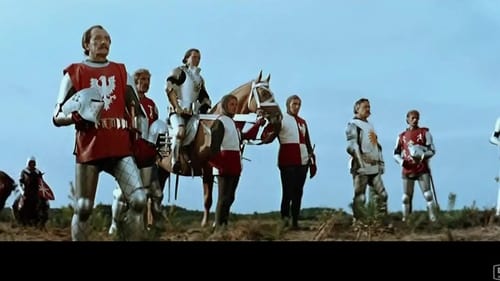
Novel
En la Polonia medieval, los Caballeros Teutónicos cometen todo tipo de tropelías e infamias amparándose en la Santa Cruz, hasta que el Rey apoyado por su pueblo, les declara la guerra.

Writer
The dark drama of a peasant family from the second half of the 19th century: Seduced by a municipal clerk (in exchange for a promise to release her husband from military service), the woman dies at the hands of her jealous husband.
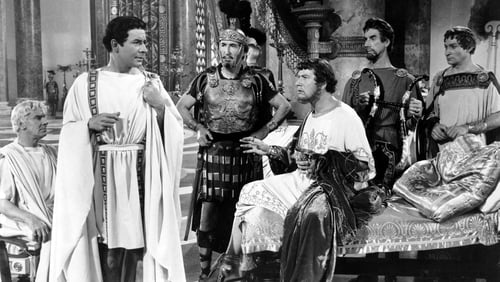
Novel
Cuando regresa a Roma, después de tres años en el campo de batalla, el general Marco Vinicio se enamora de Lygia. Pero ella es cristiana y sus creencias le impiden enamorarse de un guerrero. Aunque fue adoptada por un general retirado, jurídicamente es una esclava de Roma. Pero Marco consigue que el emperador Nerón se la ceda en pago por sus servicios.

Short Story
A talented violin-playing country boy struggles to get acceptance for his love for music.

Novel
"The Roman Banquet, the golden glories, the unrivaled luxuries, the wine, the dance, the song, the beautiful women, the sumptuous splendors that taxed a barbaric world for a night of feasting and revel-- Re-created for your entertainment in the most colossal drama produced", reads an ad in the Daily Argus of New York. Unione Cinematografica Italiana's lavish production of the oft-told tale stars Emil Jannings as Nero.

Novel
During the latter years of the reign of the tyrannical Roman emperor Nero, Marcus Vinicius, one of Nero's officers, falls in love with a young Christian hostage named Lygia. "Quo Vadis?" is a landmark in epic film-- Certainly Enrico Guazzoni’s grand-scale masterpiece laid the foundations for what colossal Italian spectacles would become. The film had tremendous influence on Giovanni Pastrone’s Cabiria (1914) and D.W. Griffith’s Intolerance (1916).












